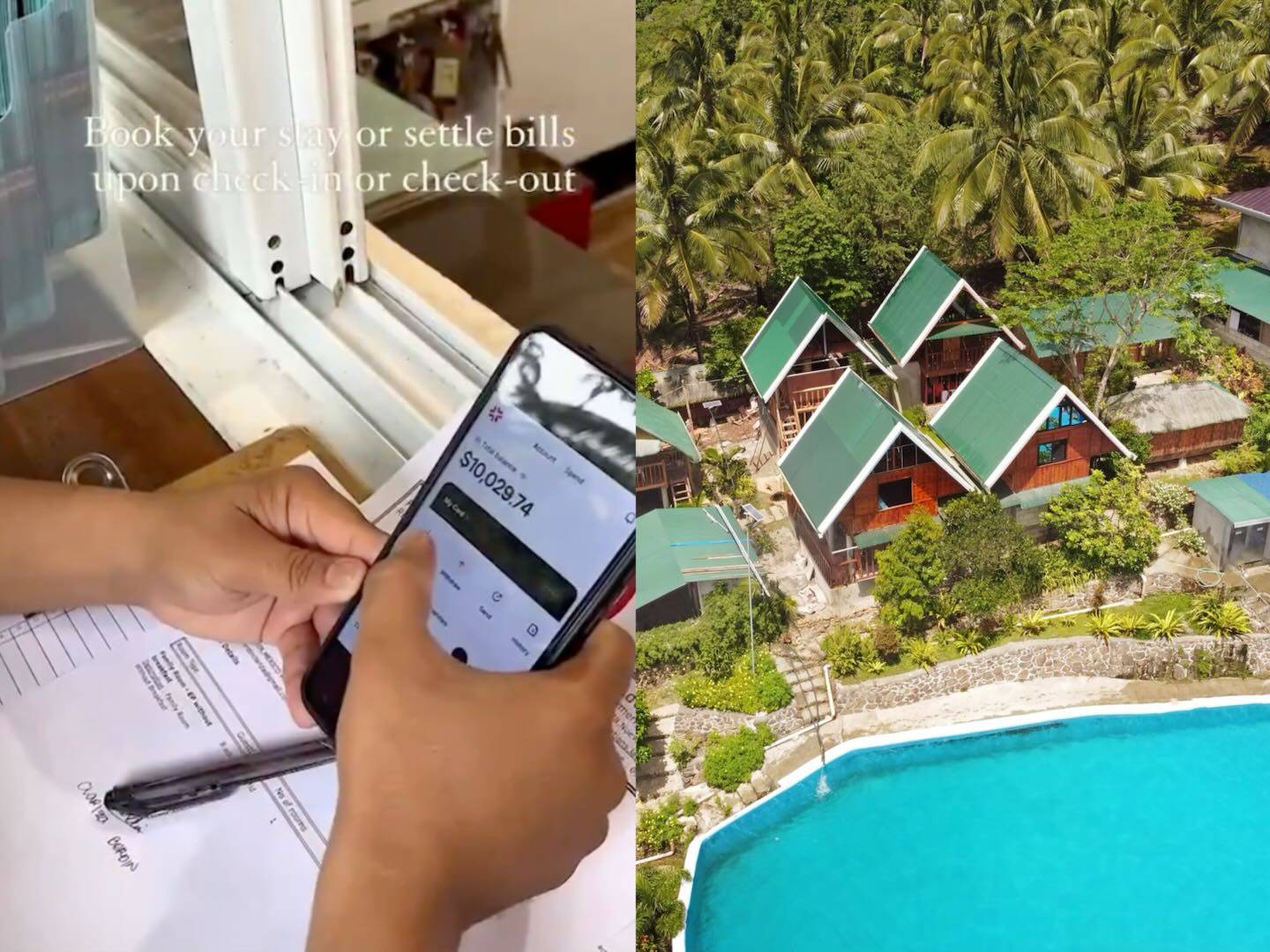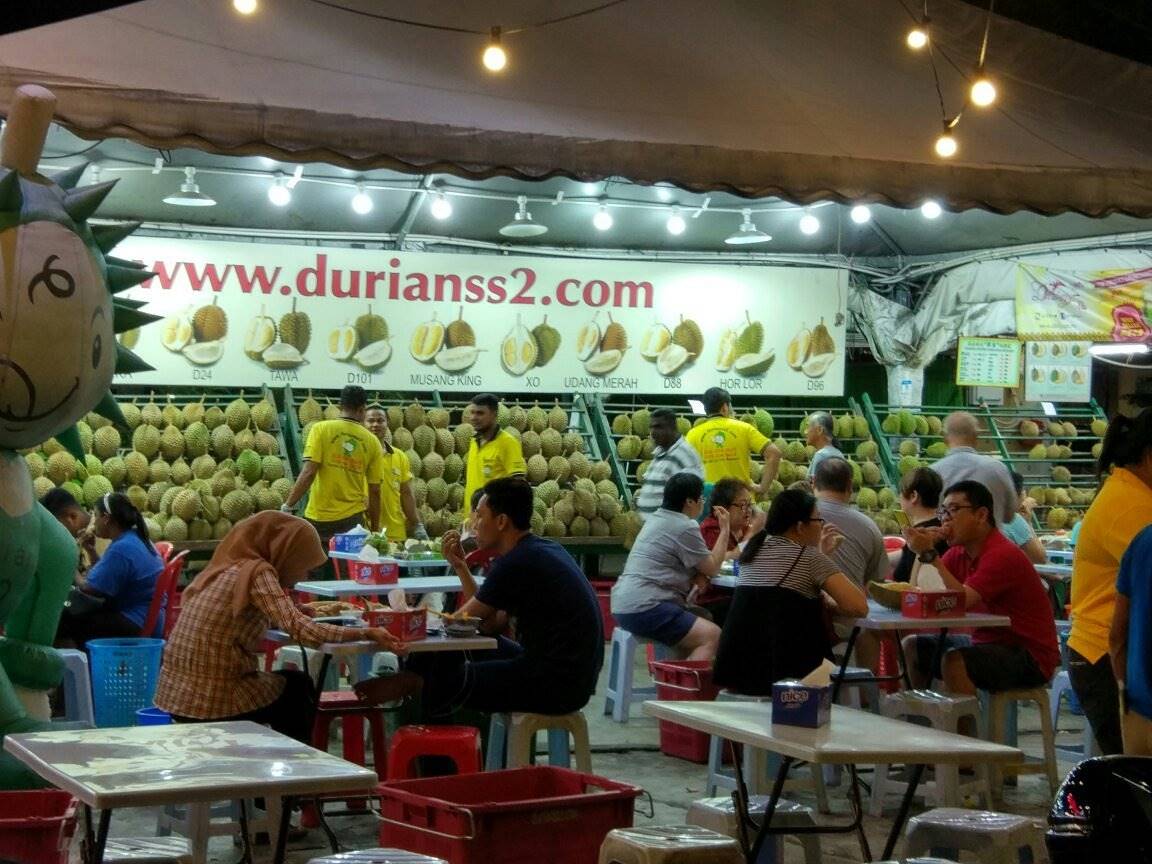Reposted: Mars Finance, Daisy
Southeast Asia has a population of over 600 million, with a young demographic, widespread smartphone usage, and a high level of internet consumer inclusivity. The region has a large population of internet consumers, insufficient coverage of traditional banking services, and is in urgent need of new payment alternatives, making it one of the most promising digital payment markets in the world. At this moment, cryptocurrency services provide great convenience for these areas.
The 'licensing system' in Singapore, the 'gray area' in Vietnam, and the sandbox in the Philippines, along with their promotion or restriction on development, have not affected the pace at which Southeast Asian users use cryptocurrency payments. Across Southeast Asia's crypto lightning wars, the trading volume has already surpassed that of Europe and America, and the next digital gold mine has emerged.

Cryptocurrency QR code payments, disrupting traditional payments
If traditional payment methods are complex bank transfers, then cryptocurrency QR code payments make transactions as simple as breathing. Young consumers in Southeast Asia are using their phones to scan QR codes for payments, whether buying a cup of coffee or purchasing cross-border goods, and this method is gradually replacing cash and credit cards.
This change is not just a technological advance but also a cultural transformation. The popularity of cryptocurrency QR code payments reflects the widespread acceptance of a digital lifestyle in Southeast Asia. For example, visitors to La Vie Adventure Trails resort in the Philippines can directly use cryptocurrency for payments through TabiPay, without complex currency exchanges and fees. This experience not only makes payments easy but also allows merchants to better serve global consumers. Additionally, the resort has launched video tutorials for digital currency payments, using TabiPay as a payment case.
La Vie Adventure Trails is an iconic destination in the Philippine cultural tourism industry, attracting over 40% of overseas tourists due to its unique natural resources and cultural experiences, as well as its distinctive Philippine-style residences and cuisine. Some tourists are selecting souvenirs in gift shops, while others are ordering coconut juice in restaurants, and the payment process seems exceptionally simple - they just open their phones and complete transactions through TabiPay. No cash is needed, and there’s no hassle of currency exchange; this convenient experience makes people’s journeys easier and significantly enhances the operational efficiency of the resorts.
Recently, the resort announced a partnership with Tabichain to fully integrate the TabiPay payment solution. This decision is not only a response to the payment needs of tourists but also an exploration of the digital transformation of the Philippine tourism industry.
"We hope that tourists can enjoy their travels more and not waste time on currency exchange and payment processes," said the resort management, "TabiPay makes payments simple while reducing our operating costs. It is not just a technical tool but a way to enhance service quality."
For developing countries like the Philippines, the application of blockchain technology has even deeper significance. It not only optimizes the payment process but also provides possibilities for addressing the issue of insufficient financial services. Through TabiPay, transactions between tourists and merchants have become more transparent and efficient, and the successful application of this technology also provides a reference for other industries.

Bangladesh: How the payment method revolution integrates into every corner of urban life
Customers of Aspire Developers & Properties Ltd., a real estate company in Bangladesh, are also enjoying the convenience brought by cryptocurrency payments. The company is known for developing iconic high-end residential properties and resorts in Bangladesh. Its major shareholder Sunny publicly stated on X that consumers can directly use cryptocurrency to purchase properties through TabiPay's offline payment gateway, without worrying about exchange rate fluctuations or bank processing times. This innovative payment method is quietly changing the business ecology of Southeast Asia, making transactions more efficient and transparent. This move is not just a technical attempt, but a response to the changing payment habits of consumers.
Bangladesh's urbanization process is accelerating, and young people are increasingly accepting digital payments. People are no longer satisfied with the cumbersome processes of traditional banking systems but hope to complete property transactions as simply as buying a hot fried pancake on the street. TabiPay provides Aspire's customers with options for cryptocurrency and fiat payments through its offline payment gateway and global card system. Consumers can complete transactions in just a few steps, without worrying about exchange rate issues or waiting for bank processing.
"Our customers are increasingly inclined to complete payments with Visa and Mastercard, but centralized payment systems can sometimes cause unnecessary trouble," said Aspire's management. "The introduction of TabiPay allows us to offer more choices, including cryptocurrency payment cards, and this flexibility is particularly important for young consumers."
This cooperation is not only a business decision of a real estate company but also a reflection of the payment method revolution in Bangladesh. It demonstrates how blockchain technology fundamentally changes the transaction process, making digital payments no longer exclusive to the high-tech field but a part of ordinary people's lives.

How cryptocurrency payments are invading Southeast Asian life: from buying durian to cross-border remittances, a silent digital revolution
On the streets of Southeast Asia, the owner of Durianss2 durian stall skillfully peels open the golden-yellow flesh, releasing a fragrant aroma that attracts passersby. Customers take out their phones, scan the QR code, and complete the payment. This scene seems ordinary but quietly showcases the transformation of the Southeast Asian economy - from cash to digital payments, from traditional to innovative, with blockchain technology and cryptocurrency payments becoming the driving force behind this change.
The owner stated that foreign tourists account for more than half of the total customer base. According to his observations, many people use digital currency payments while traveling. Some of these users are using TabiPay to scan and pay with digital currency. Among these tourists are many travel bloggers and content creators. Digital currency payments make it convenient for tourists to pay in different countries without needing to go to a bank for currency exchange; they can simply scan the local international payment code to use stablecoins to pay for durian.
Southeast Asia has the youngest consumer group in the world and rapidly spreading internet services. From street vendors to cross-border trade, from cultural tourism to real estate investment, changes in payment methods not only affect the economy but also change people's daily lives. The blockchain payment platform TabiPay is injecting new possibilities into Southeast Asia's future through technological innovation and cooperation.
How cryptocurrency payments are changing daily life in Southeast Asia, the digital payment ecosystem in Southeast Asia is rapidly developing.
According to statistics, more than 140 million people are using digital payment services, and blockchain technology is injecting new momentum into this trend. From real estate in Bangladesh to tourism in the Philippines, TabiPay's application cases demonstrate how cryptocurrency payments are moving from technological innovation to everyday life.
This is not just a technological innovation but also a cultural shift. It makes payments as natural as breathing, transforming transactions from a burden into an experience. From buying durian on the street to cross-border remittances, cryptocurrency payments are changing the lifestyles of Southeast Asian people while providing important insights for the future of the global digital economy.
Perhaps next time, when you buy durian in a market in Southeast Asia, you will find that you no longer need cash, but can complete the transaction through blockchain payment. This is not just a convenience, but a symbol of the times - a digital revolution belonging to Southeast Asia is quietly happening.
